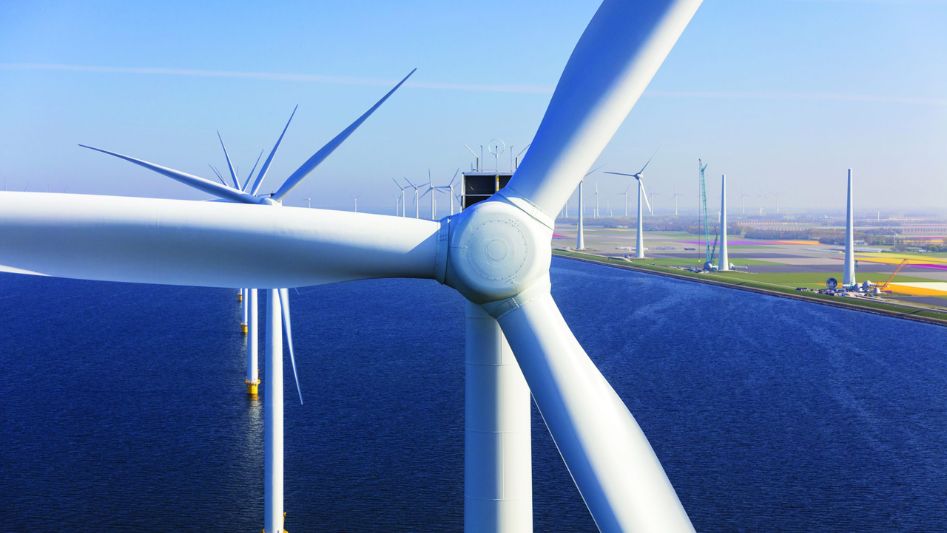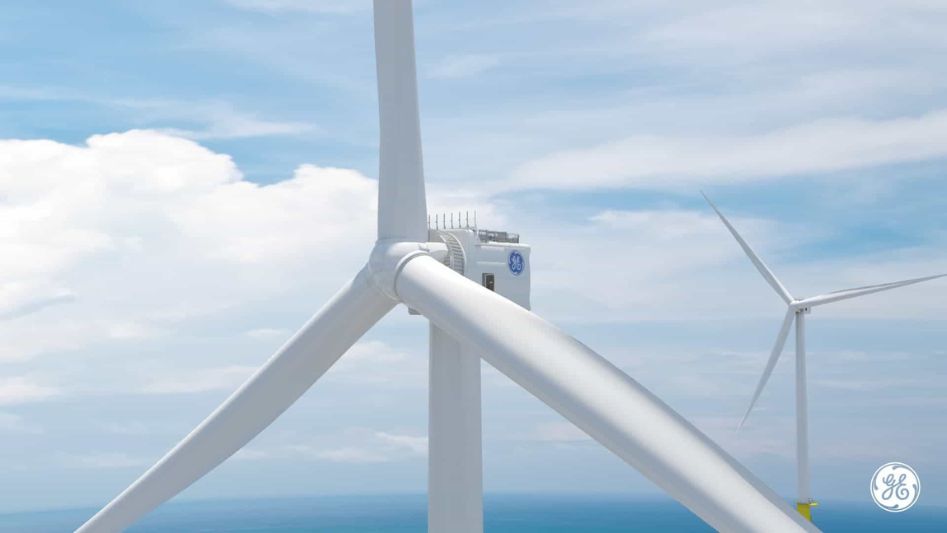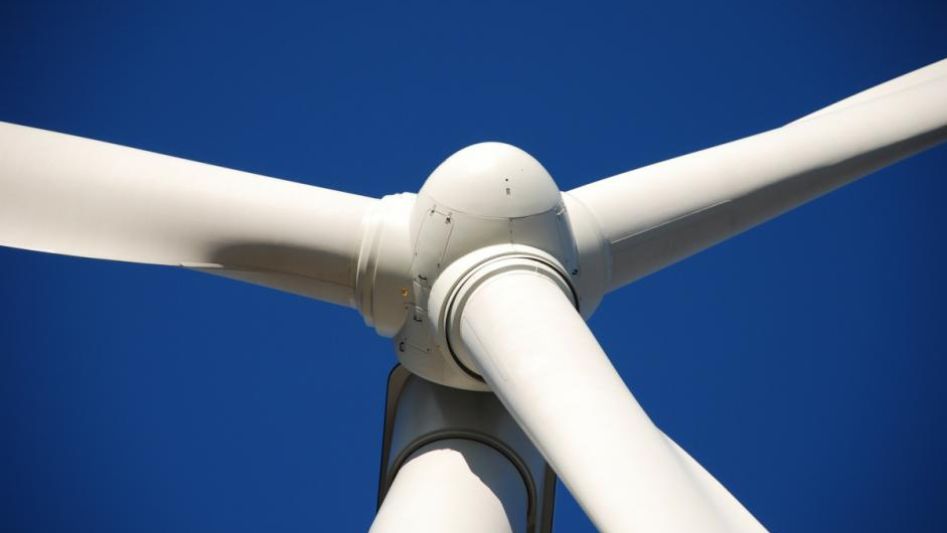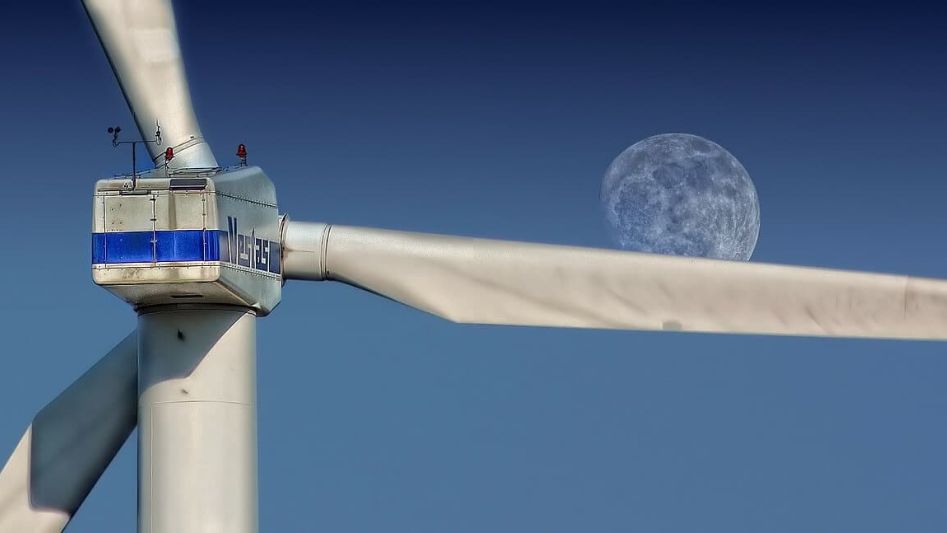In the quest for sustainable and clean energy sources, wind turbines have emerged as towering giants of innovation. These colossal structures harness the power of the wind to generate electricity, contributing significantly to the global shift towards renewable energy. With their elegant yet powerful design, wind turbines are revolutionizing the way we generate electricity and hold the promise of a cleaner, greener future.
Table Of Content
We invite you to read: “Solar Panels vs. Wind Turbines: Which Renewable Energy Source Wins?”

The Anatomy of a Wind Turbine
Towering Giants
Wind turbines are often referred to as modern-day giants, and rightly so. These massive structures consist of three main components: the tower, the nacelle, and the rotor blades. The tower, typically made of steel or concrete, elevates the turbine to the ideal height for capturing wind energy efficiently.
The Nacelle: The Heart of the Turbine
The nacelle houses the critical components of the turbine, including the generator, gearbox, and control systems. It is this component that transforms the kinetic energy of the wind into electrical energy. Advanced sensors and control systems optimize the turbine’s performance by adjusting the angle of the blades to capture the maximum amount of wind energy.
The Dance of Rotor Blades
The rotor blades are perhaps the most visually striking part of a wind turbine. Made from lightweight yet sturdy materials like fiberglass or carbon fiber, these blades capture the wind’s kinetic energy and convert it into rotational motion. The length and design of the blades have a significant impact on a turbine’s efficiency, with longer blades often equating to higher energy output.
Harnessing the Wind’s Power
Wind Energy: The Basics
Wind energy is a form of kinetic energy generated by the movement of air molecules. Wind turbines utilize this energy by capturing the wind’s kinetic force with their rotating blades. As the wind flows over and under the curved blades, it creates lift and causes them to spin. This rotation powers the generator housed within the nacelle, converting mechanical energy into electrical energy.
Location Matters
Choosing the right location for wind turbines is crucial for maximizing their energy output. Wind speed and consistency vary across regions, making it essential to select sites with favorable wind conditions. Coastal areas, mountaintops, and open plains are often ideal locations for wind farms, as they experience strong, consistent winds.
We invite you to read: “Advancing Offshore Wind Technology: A New Era of Renewable Energy”

Advantages of Wind Energy
Clean and Renewable
One of the primary advantages of wind energy is its cleanliness. Unlike fossil fuels, wind power produces no greenhouse gas emissions or air pollutants. Additionally, wind is a virtually inexhaustible resource, making it a reliable and sustainable energy source for the long term.
Reducing Dependence on Fossil Fuels
Wind energy plays a crucial role in reducing our reliance on fossil fuels, helping combat climate change and air pollution. By diversifying our energy sources, we become less vulnerable to the fluctuating prices and geopolitical tensions associated with fossil fuels.
Economic Benefits
The wind energy sector has also proven to be a significant driver of economic growth. It creates jobs in manufacturing, installation, and maintenance of wind turbines, spurring economic development in rural and coastal areas.
Challenges and Solutions
Intermittency and Energy Storage
One of the challenges of wind energy is its intermittency. Wind is not always blowing at the optimal speed, which can lead to fluctuations in electricity generation. To address this issue, researchers are working on developing efficient energy storage solutions, such as advanced batteries and grid integration technologies.
Environmental Concerns
Wind turbines can have environmental impacts, including bird and bat collisions and habitat disruption. However, ongoing research and technological advancements aim to mitigate these issues, such as implementing radar systems to detect and avoid bird and bat flight paths.
The Future of Wind Energy
As technology continues to advance, wind turbines are becoming more efficient, cost-effective, and environmentally friendly. Offshore wind farms, with their vast potential for high-energy output, are gaining momentum as a significant contributor to renewable energy generation. Additionally, innovations in materials science and blade design are making turbines quieter and more efficient.
We invite you to read: “Comparing Offshore and Onshore Wind: Which is the Future of Renewable Energy?”

Conclusion
Wind turbines represent a beacon of hope in our pursuit of cleaner, more sustainable energy sources. These majestic structures are not only spinning the wheels of renewable energy innovation but also helping us combat climate change, reduce pollution, and create economic opportunities. As we continue to refine and expand this technology, wind energy will undoubtedly play an increasingly vital role in powering the future of our planet.
FAQs
How does a wind turbine work?
Wind turbines work by using the wind’s force to spin their blades, which in turn drives a generator to produce electrical power.
What are the advantages of wind energy?
Wind energy is clean, renewable, reduces fossil fuel dependence, and contributes to economic growth through job creation.
What challenges does wind energy face?
Wind energy faces intermittency issues and environmental concerns, but research is ongoing to address these challenges.
What’s the future of wind energy?
The future of wind energy looks promising with advancements in technology, offshore wind farms, and improved turbine efficiency.
You May Also Like
- The Pros and Cons of Vertical Axis Wind Turbines
- Harnessing the Wind: An Introduction to Wind Turbines and Wind Energy
- The Power of Aerodynamics: Lessons from Wind Turbines and Formula 1 Cars
- Renewable Energy 2.0: A Comparison of Hydro and Wind Power Technologies
- The Integration of Wind Energy with Other Renewable Energy Sources

